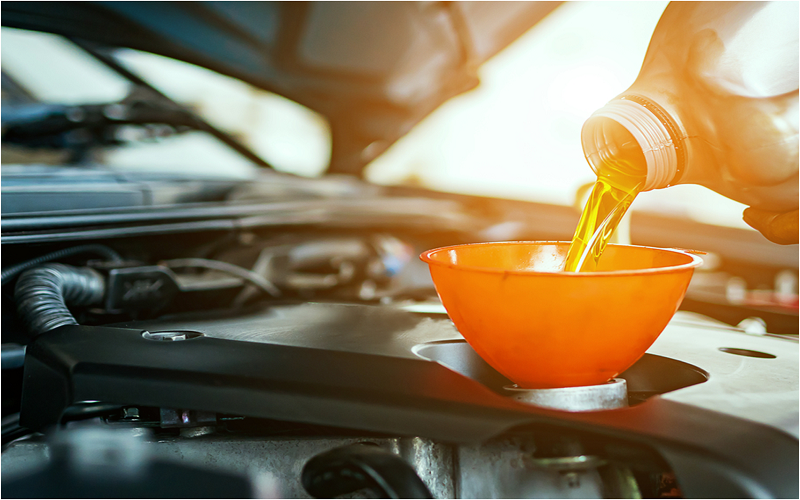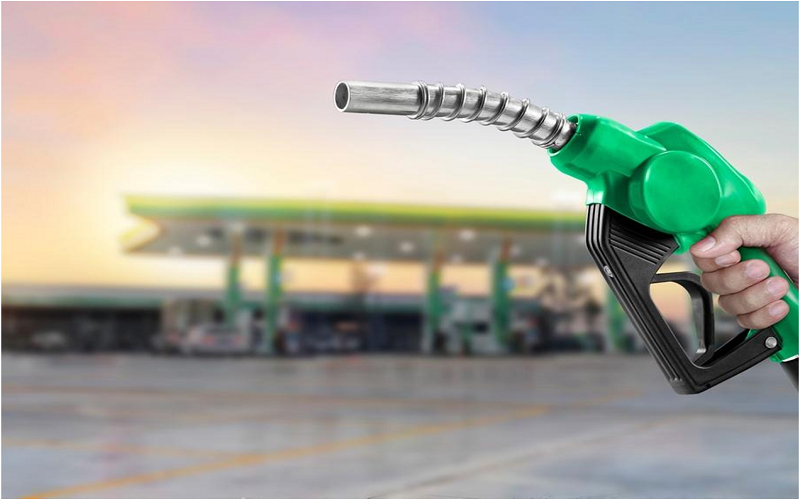Diesel engines are made to go the extra distance. The average truck hauls between 400 and 600 miles a day. They have the wherewithal to last a million miles or more, serving you and your business for years to come. Despite the added upfront cost, diesel engines are more fuel-efficient than gas engines, and driving more than 10,000 miles a year on the highway helps you recoup your investment by saving money on gas.
However, these machines need regular care and maintenance to reach their maximum lifespan. If you regularly haul or drive a diesel engine long distances for work, use these driving tips to reduce wear and tear every step of the way.
Check Your Fluid Levels
Nothing protects the engine like a full tank of high-quality oil. It lubricates parts under pressure and helps deliver fuel to the combustion chamber. During continuous operation, your engine will go through oil faster than usual. It will also recycle the oil, which collects debris from other parts of the engine.
Overheating can cause excess oil to burn off during long trips. A dirty engine and poor-quality oil will spread debris, contaminating the fuel and oil. Clogs also make it harder for the engine to push the fluids to their destination, reducing pressure.
Monitor your fluid levels every time you stop to see if you’re consuming more oil than usual. Change your oil at the recommended intervals to avoid spreading debris. High temperatures and heavy hauling can reduce coolant levels, which could overheat the engine. Watch your drivetrain fluid supply as you shift gears more often on the highway.
Inspect the Turbocharger
The turbocharger will get a workout on long drives. It helps you accelerate quickly when merging with traffic and hauling loads up steep hills by forcing more air into the engine, which allows it to burn more fuel. Dirty oil and poor air filtration can damage the turbine that moves air through the vanes, leading to clogs. The turbo actuator, which acts as a pressure release valve for the air, can get stuck, causing the engine to over or under-boost. This can reduce fuel efficiency, overheat the engine or suffocate the system by depriving it of air. Monitor your turbo’s performance on long trips, including the dreaded turbo lag, which occurs when the engine struggles to accelerate. Replace the turbo actuator if the engine continues to lag.

Source: Jamesboy Nuchaikong/Shutterstock.com
Monitor Fuel Efficiency
Most drivers want to know how much fuel they’re consuming, but your mpg rating is also a window into the health of your engine. Fuel efficiency varies by speed, vehicle weight and engine condition. If you are filling up more than usual, you likely have a fuel delivery problem. Check your fuel injection pressure to see if it’s hitting the correct psi. In diesel engines, the injectors open directly into the combustion chamber and can withstand immense pressure.
The fuel injectors could be clogged with sticky carbon deposits, or the nozzle head could be corroded. Replace your diesel fuel injectors to get the most out of your fuel. The engine may leak fuel or oil, which can burn off in extreme heat. Water separation often occurs in cold temperatures, increasing the risk of oxidation. Fixing the issue usually pays for itself by preventing further damage and increasing fuel efficiency.
Keep Spare Parts on Hand
Maintaining the engine doesn’t have to be a guessing game. Every part and system has an estimated expiration date. Heavy hauling and short trips often reduce their lifespan. Order spare diesel parts by make and model before they break down, so you don’t have to wait around for them to be delivered to your local mechanic.
Maintain the Ideal RPM
Every diesel engine has a sweet spot. Drive at or around 1,800 RPM throughout your trip to optimize fuel efficiency and torque. Going above 1,800 RPM consumes far more fuel as it becomes more volatile, making it easier to burn. Driving slower increases your NOx output, which can overwhelm the exhaust treatment system. This can clog your filters with more carbon deposits and overheat the exhaust gas recirculation (EGR) cooler, which recycles the exhaust gas through the engine.
Increasing the RPM is often unavoidable. It also triggers the regeneration process to help clean your diesel particulate filter and turbocharger. However, driving at high RPM for long periods can damage the turbo turbine and break the EGR, leaking coolant into the crankcase.
Let the Engine Cool Down Before Shutoff
Your engine needs a moment to chill before going offline. After a long trip, let it idle for five to ten minutes to let the oil circulate throughout the turbocharger, exhaust and fuel injectors. The oil pulls heat away from high-intensity components to prevent damage. If you cut the power immediately, these parts will continue to radiate heat, which can lead to cracking.

Source: Retouch man/Shutterstock.com
Keep the Tank at Least a Quarter Full
Mark diesel gas stations along your route to avoid running low on fuel. Driving on a low tank can send hot air through the injectors instead of fuel, overheating the engine. The fuel at the bottom of the tank tends to be the dirtiest. Keep a spare can of gas on hand in case of emergency.
Diesel engines are capable of immense power, but they work best when you monitor their condition, maintain a moderate RPM and keep your fluid levels high. Use these tips to take your vehicle on as many long trips as possible.

